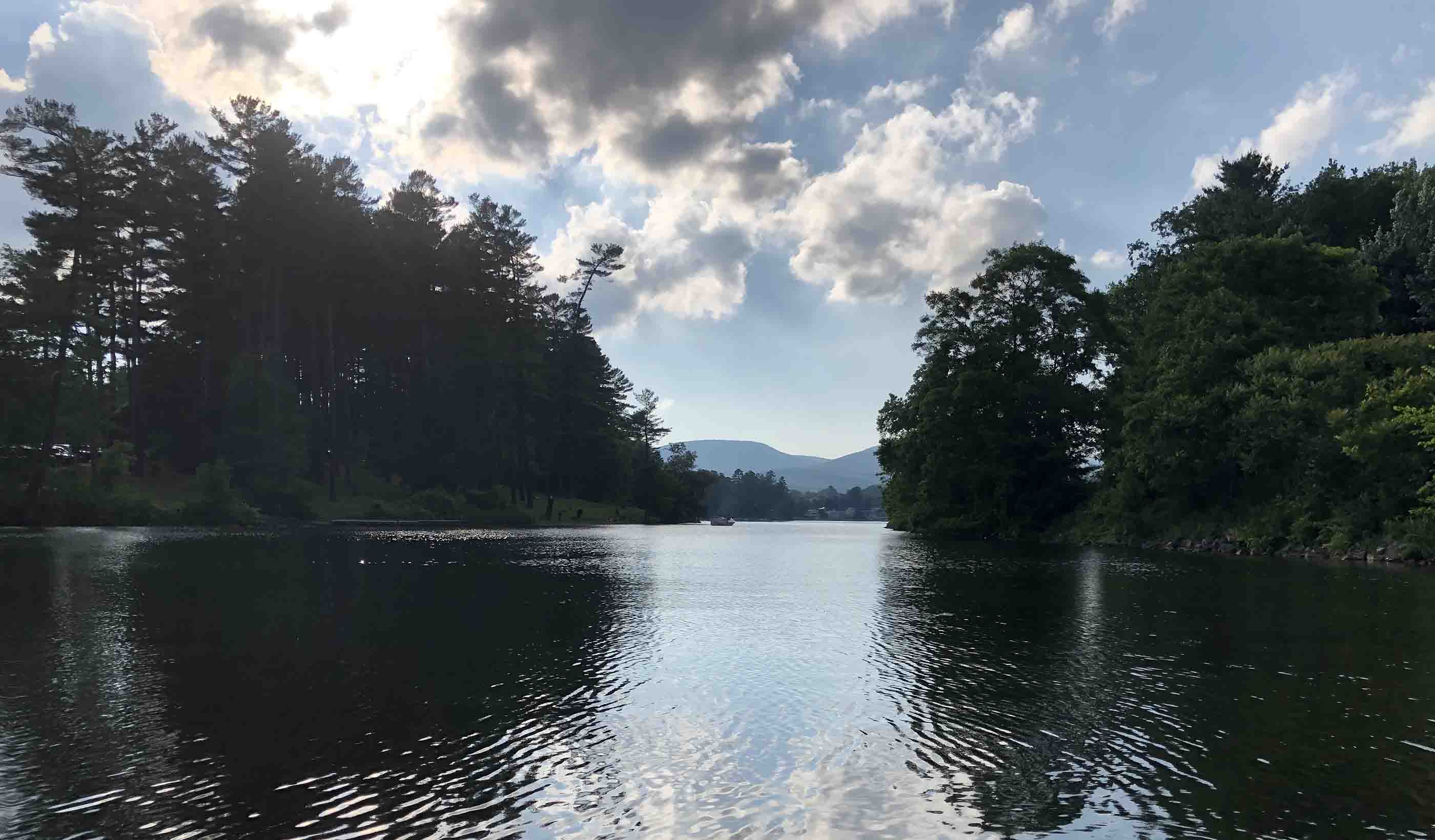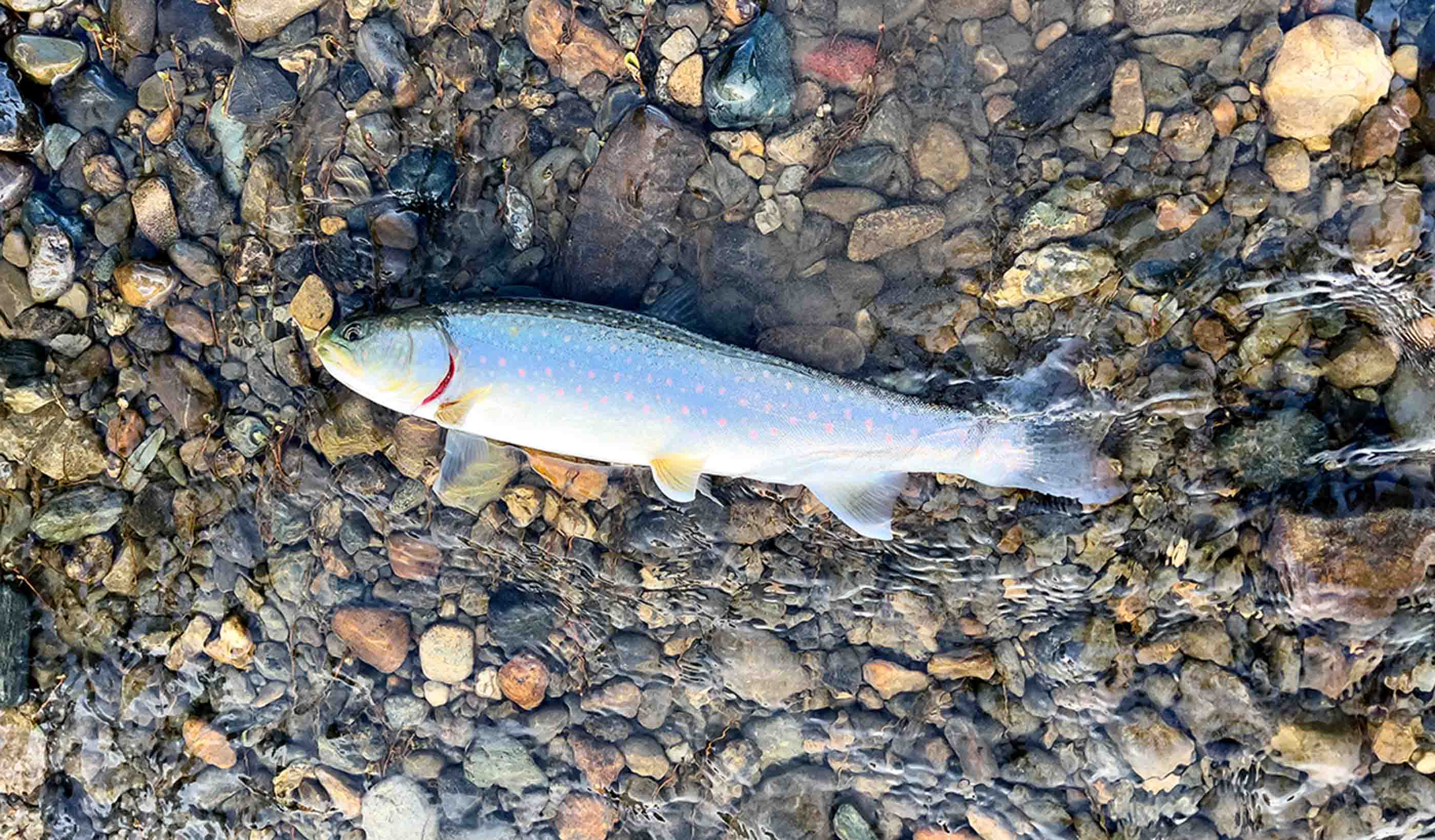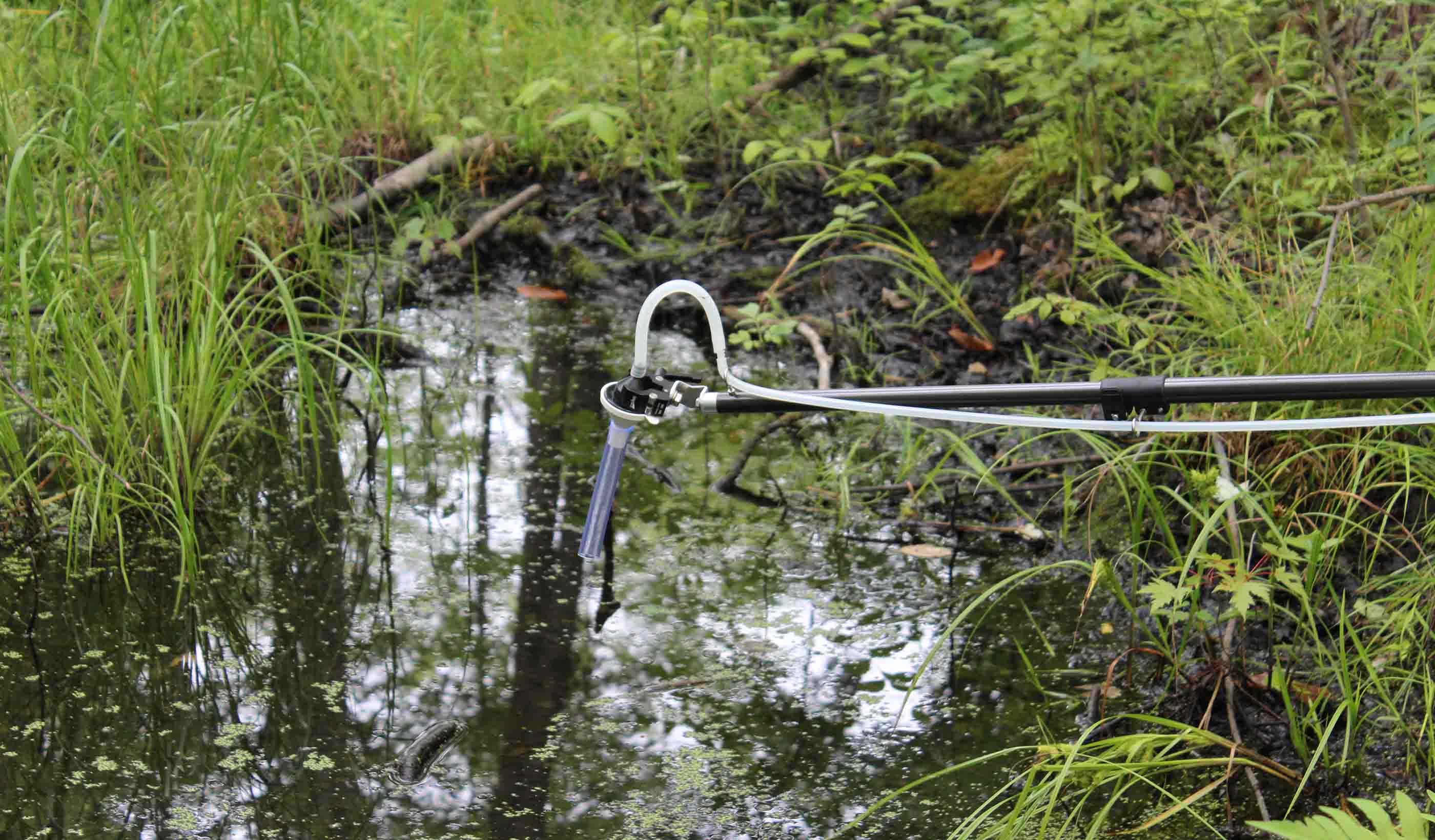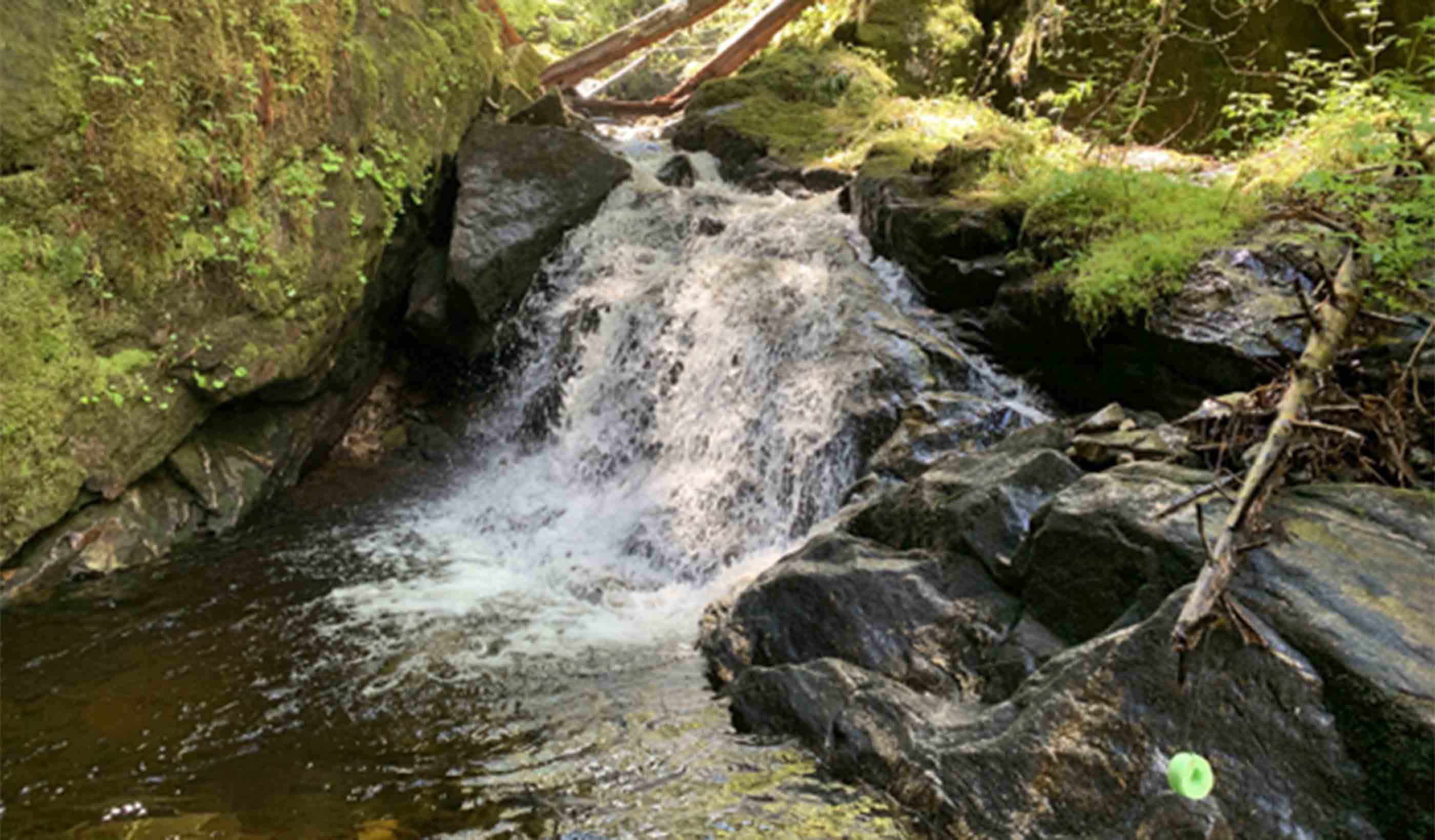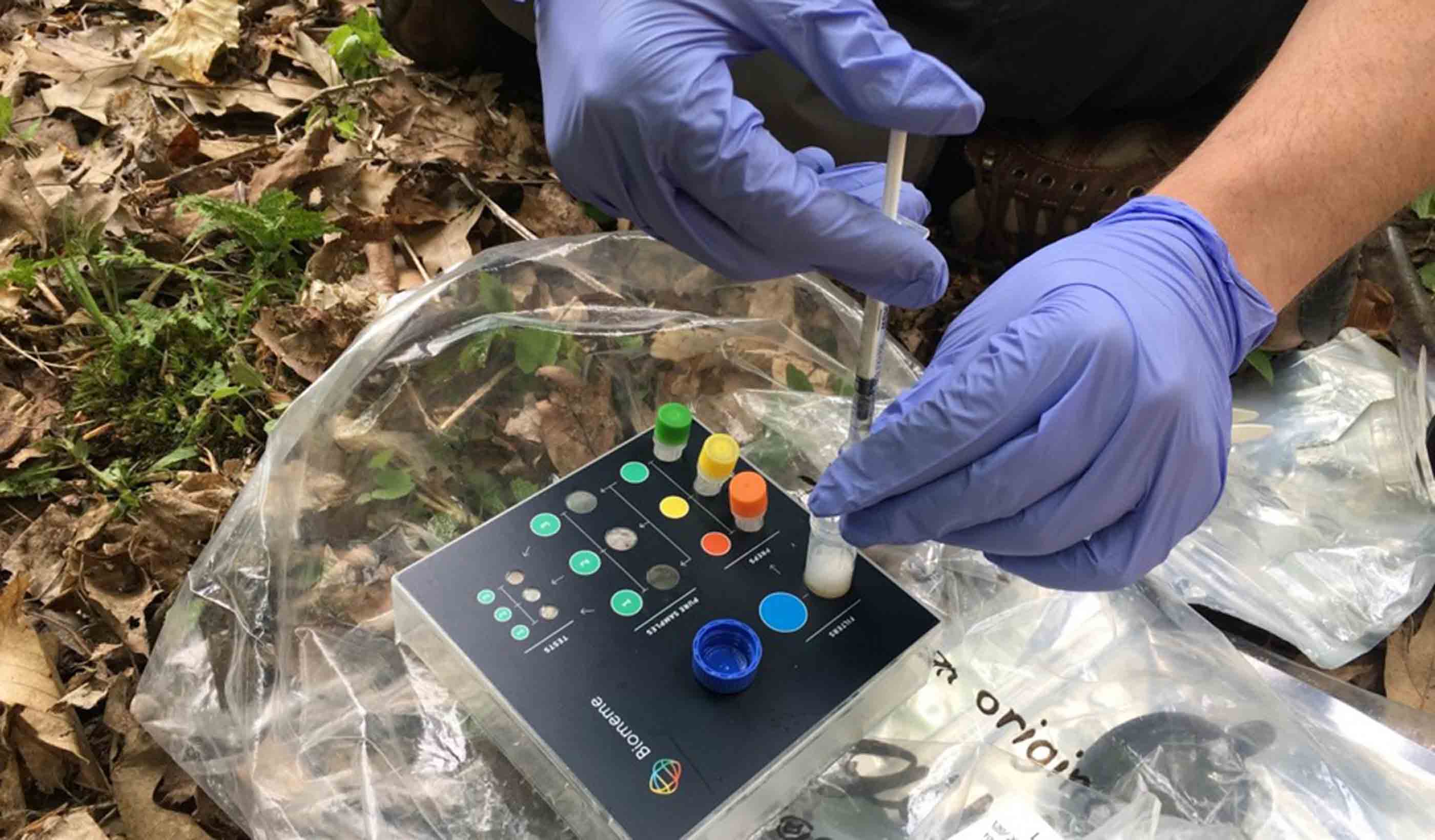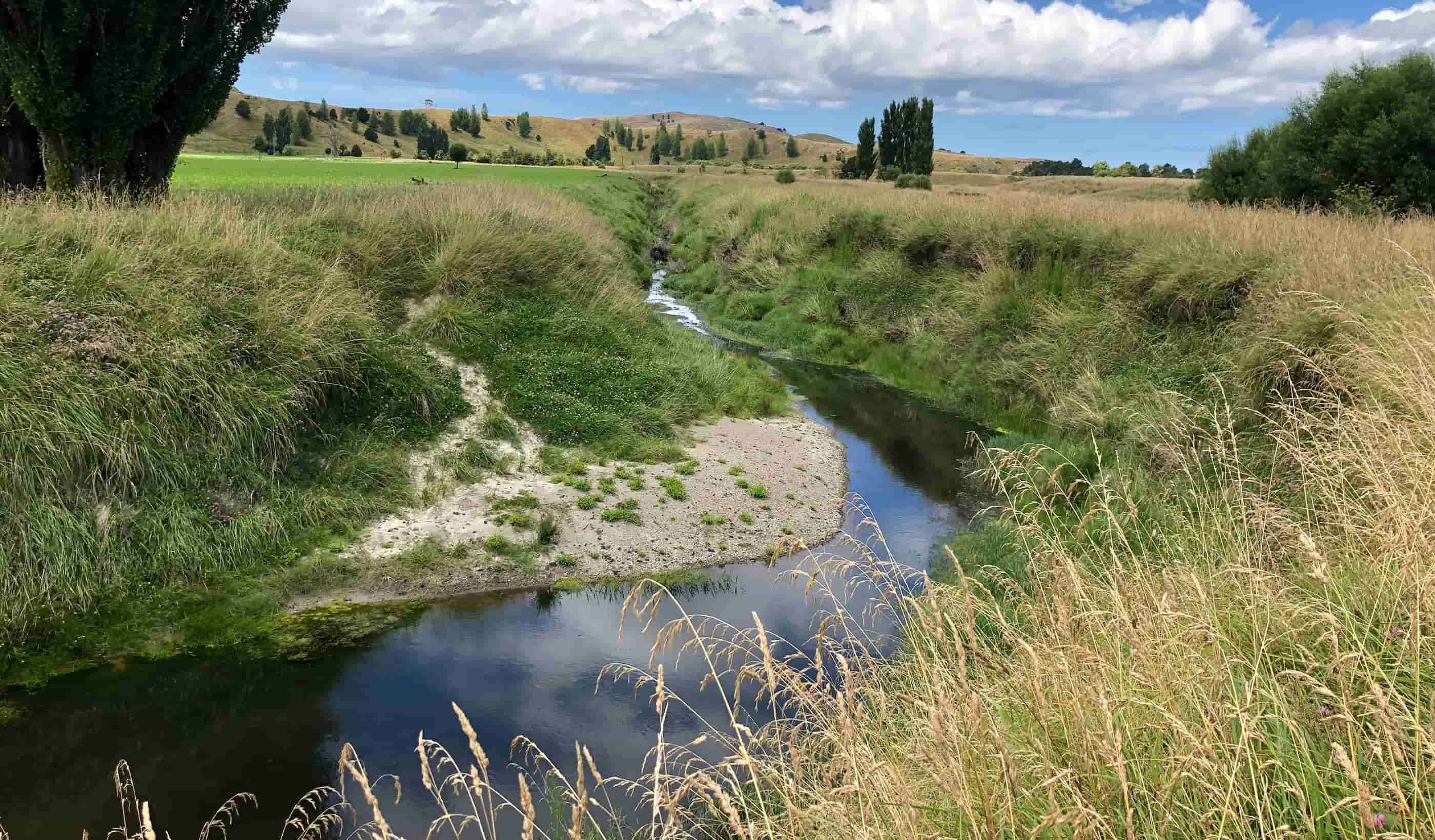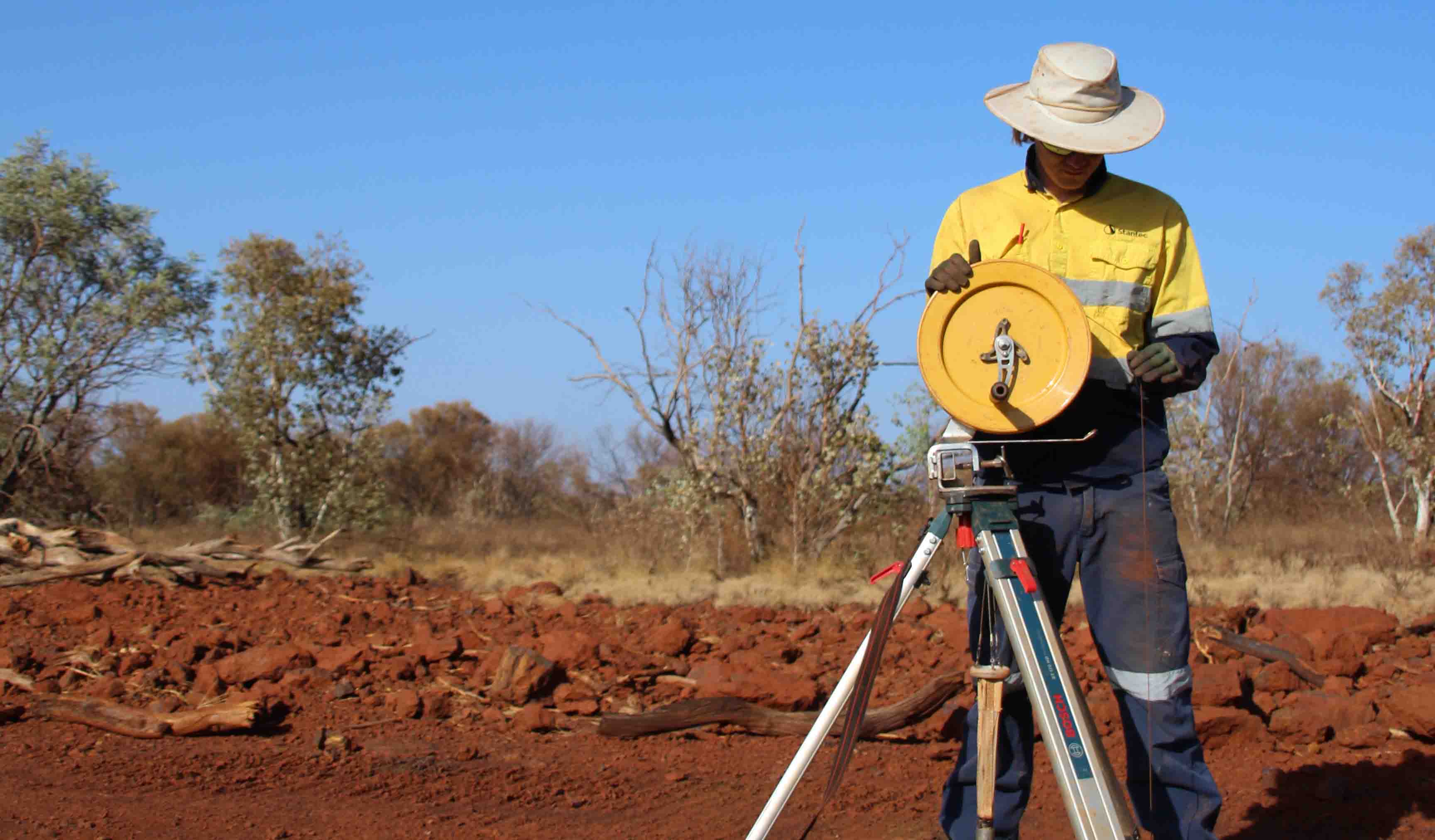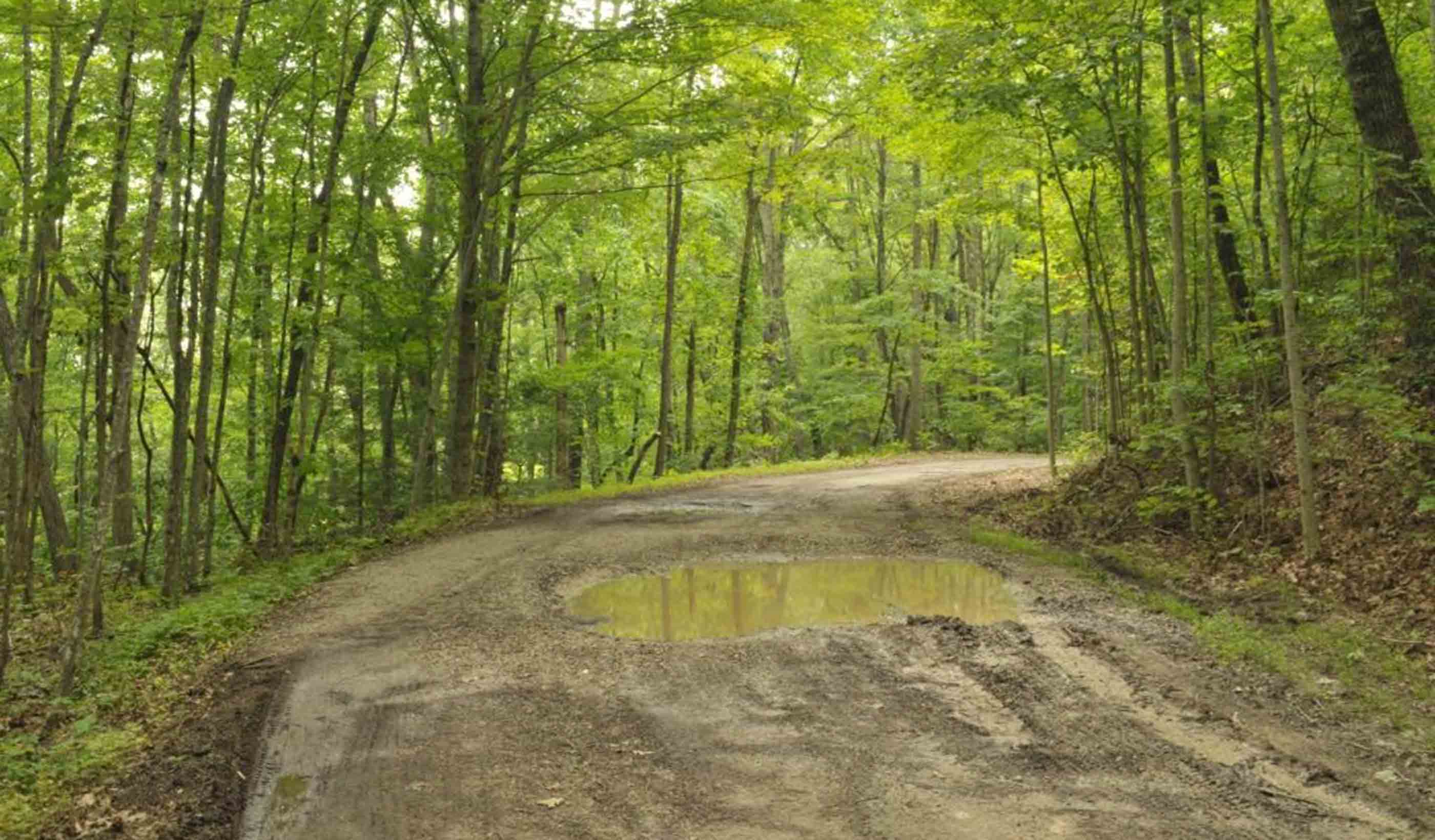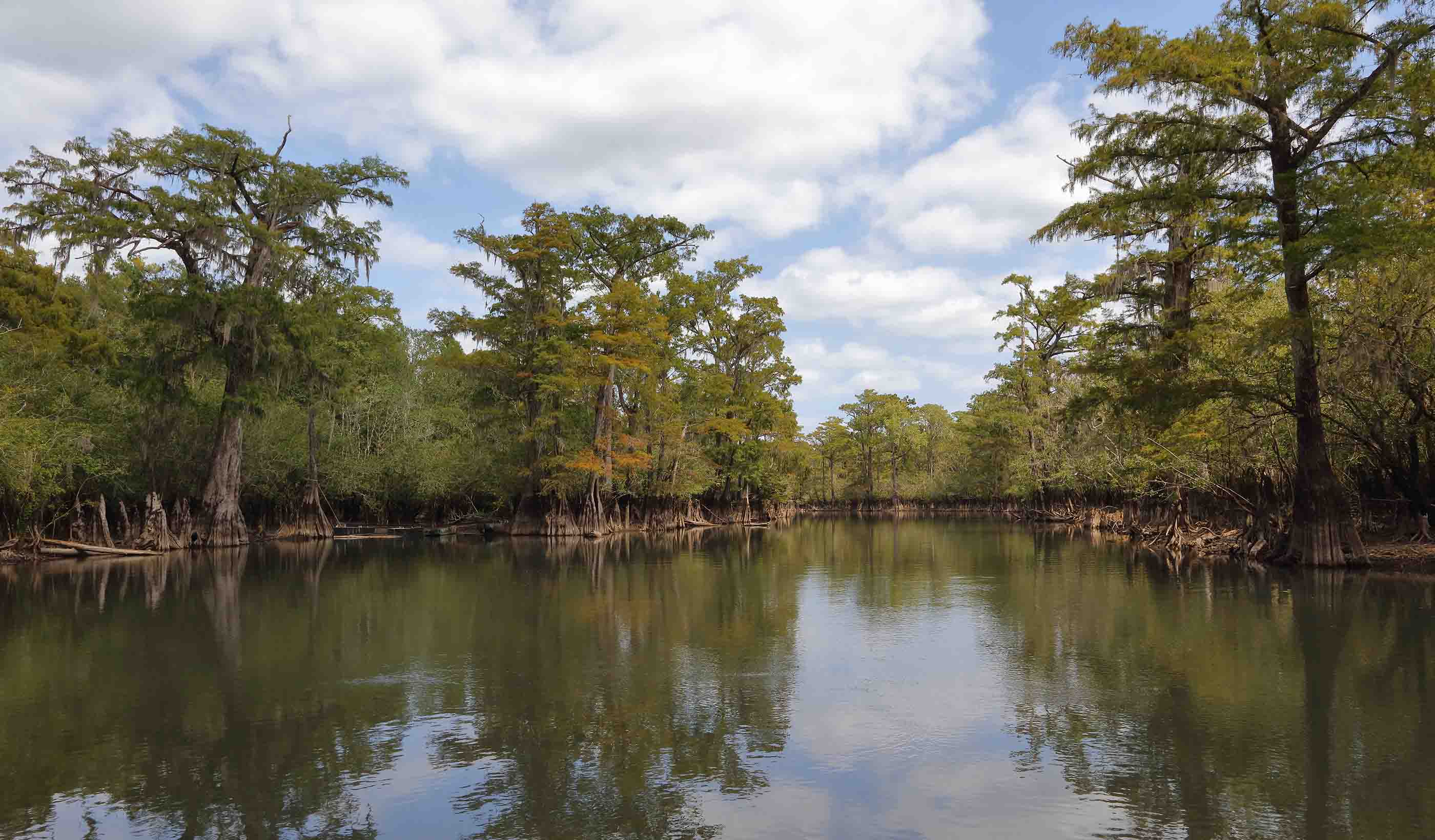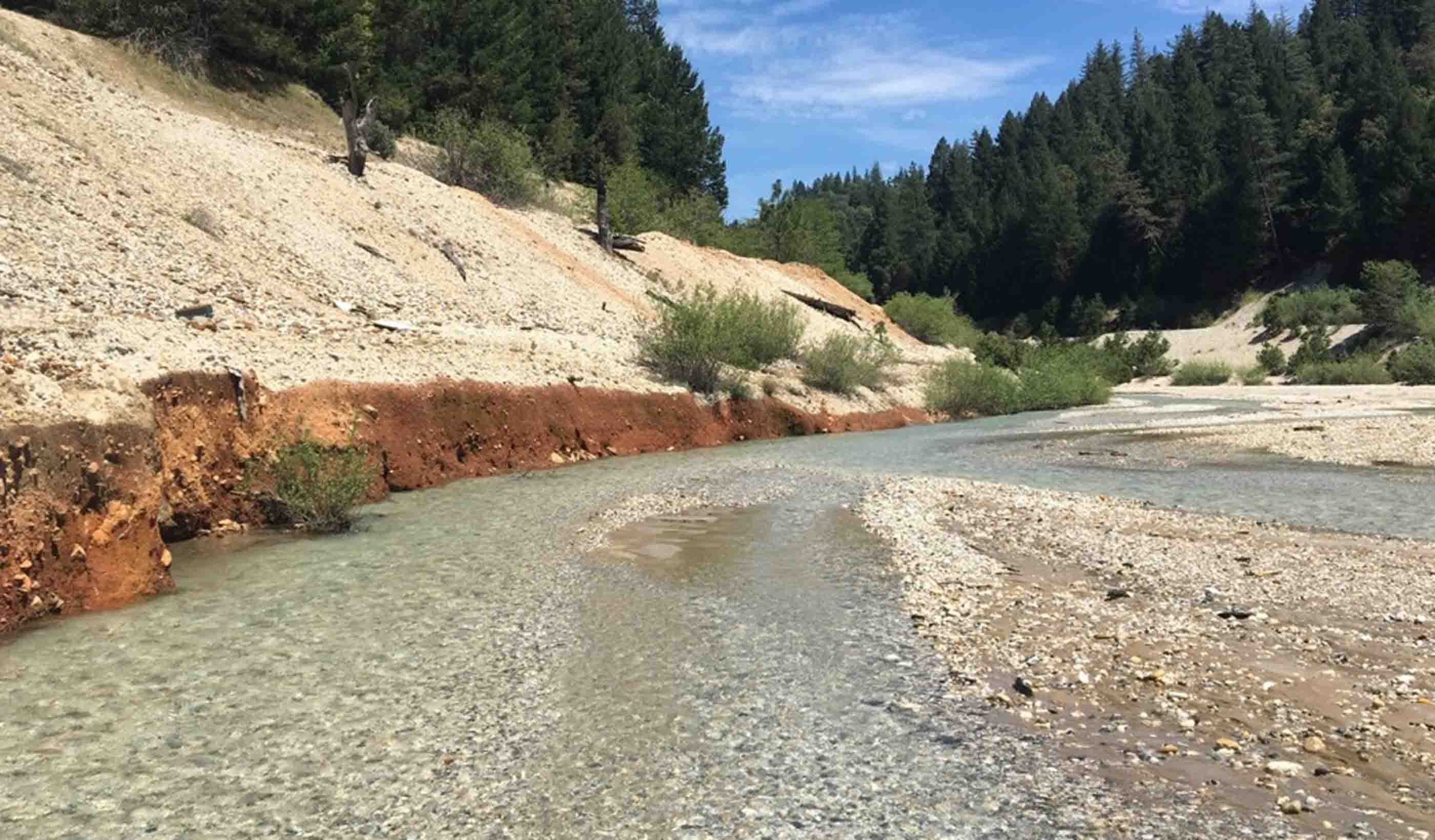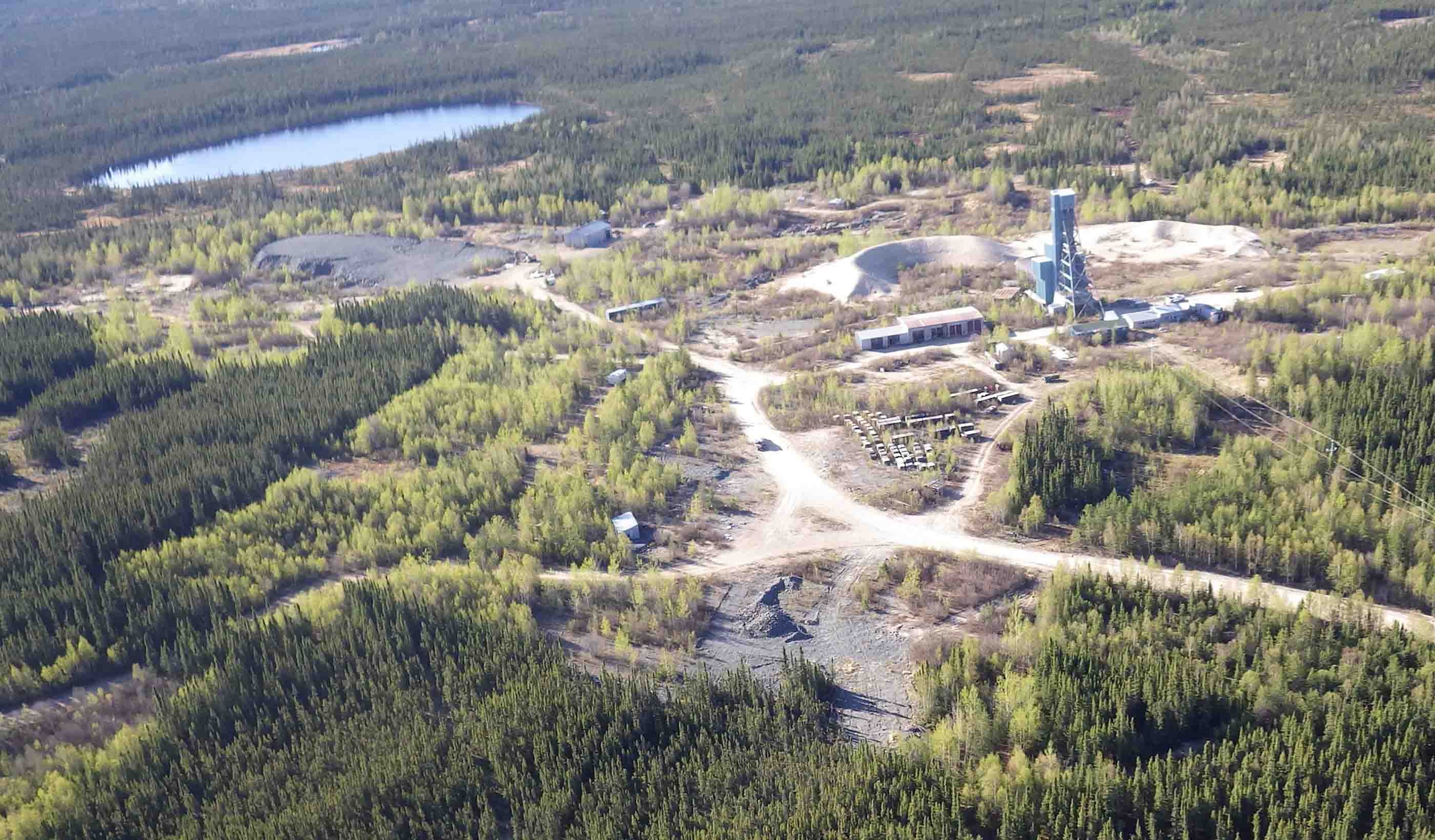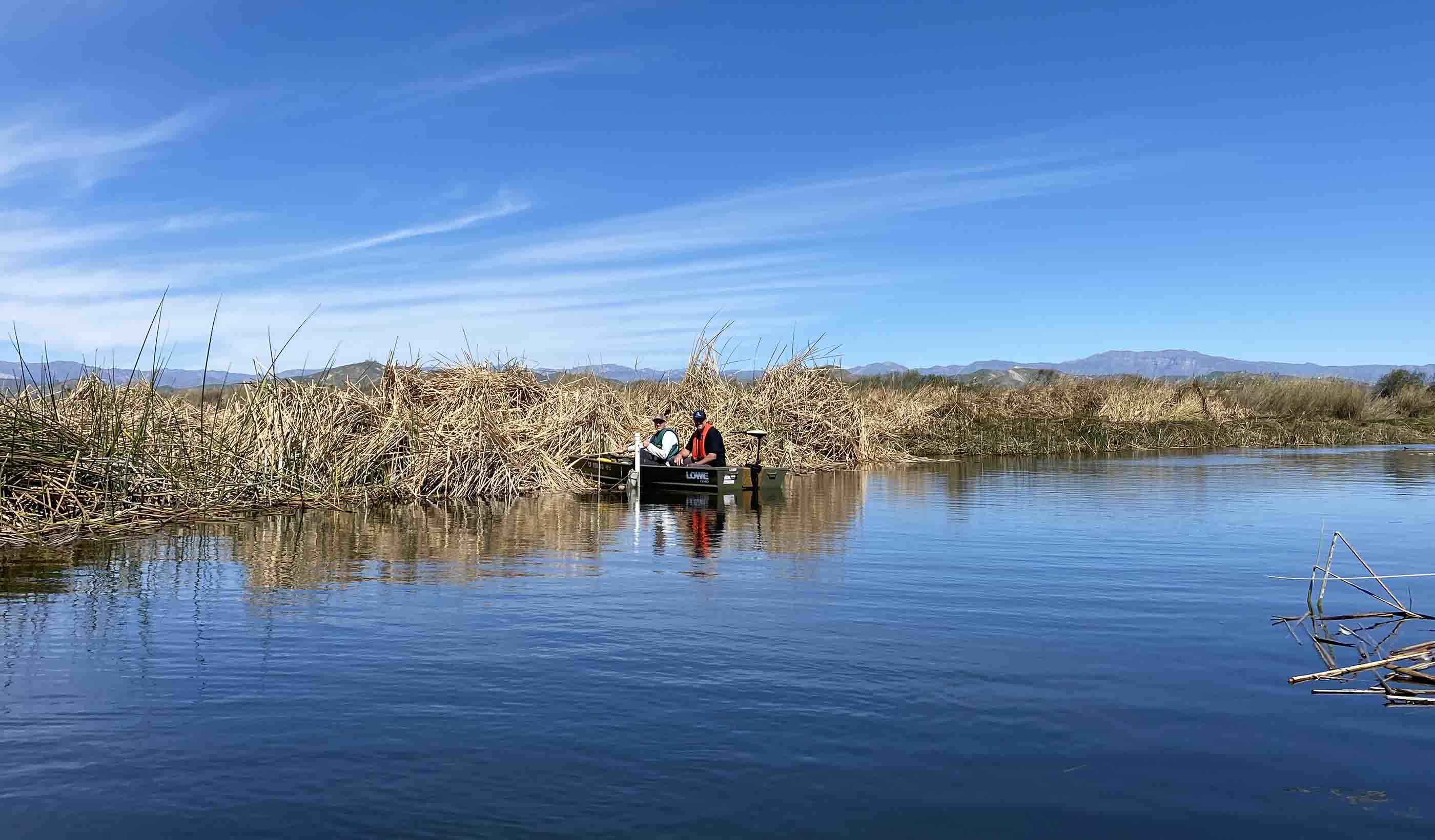- Location
- British Columbia
- Offices
-
- Location
- British Columbia
- Offices
Share
eDNA Sampling for Fish and Fish Habitats at Industrial Sites
In a remote and difficult-to-access location in British Columbia, environmental DNA (eDNA) sampling provided a quick and cost-effective way to support fish and fish habitat studies for a large industrial project. eDNA was used to supplement previous traditional fish sampling methods to determine if the fish were present or absent in watercourses within potential influence of the project.
eDNA samples were taken from watercourse where fish were expected to occur, and from watercourses where they were less likely to occur, such as streams with a high gradient or that presented barriers to fish access. An assay that tests for general fish species presence was used for the eDNA analysis.
Preliminary results of the analysis produced higher positive detection rates of fish in locations where fish were captured as part of previous field investigations and in locations where there were no permanent barriers to fish access. Little to no fish DNA was detected in areas that contained barriers to fish, or in areas where no fish were previous captured. eDNA proved to be a reliable tool that will make monitoring and compliance easier prior to and after construction for our clients.
- Location
- British Columbia
- Offices
-
- Location
- British Columbia
- Offices
Share
Pam Reece, Aquatic Ecologist, Environmental Services
It’s rewarding to start on a project and deliver a product that addresses both client and regulatory requirements.
We’re better together
-
Become a client
Partner with us today to change how tomorrow looks. You’re exactly what’s needed to help us make it happen in your community.
-
Design your career
Work with passionate people who are experts in their field. Our teams love what they do and are driven by how their work makes an impact on the communities they serve.
